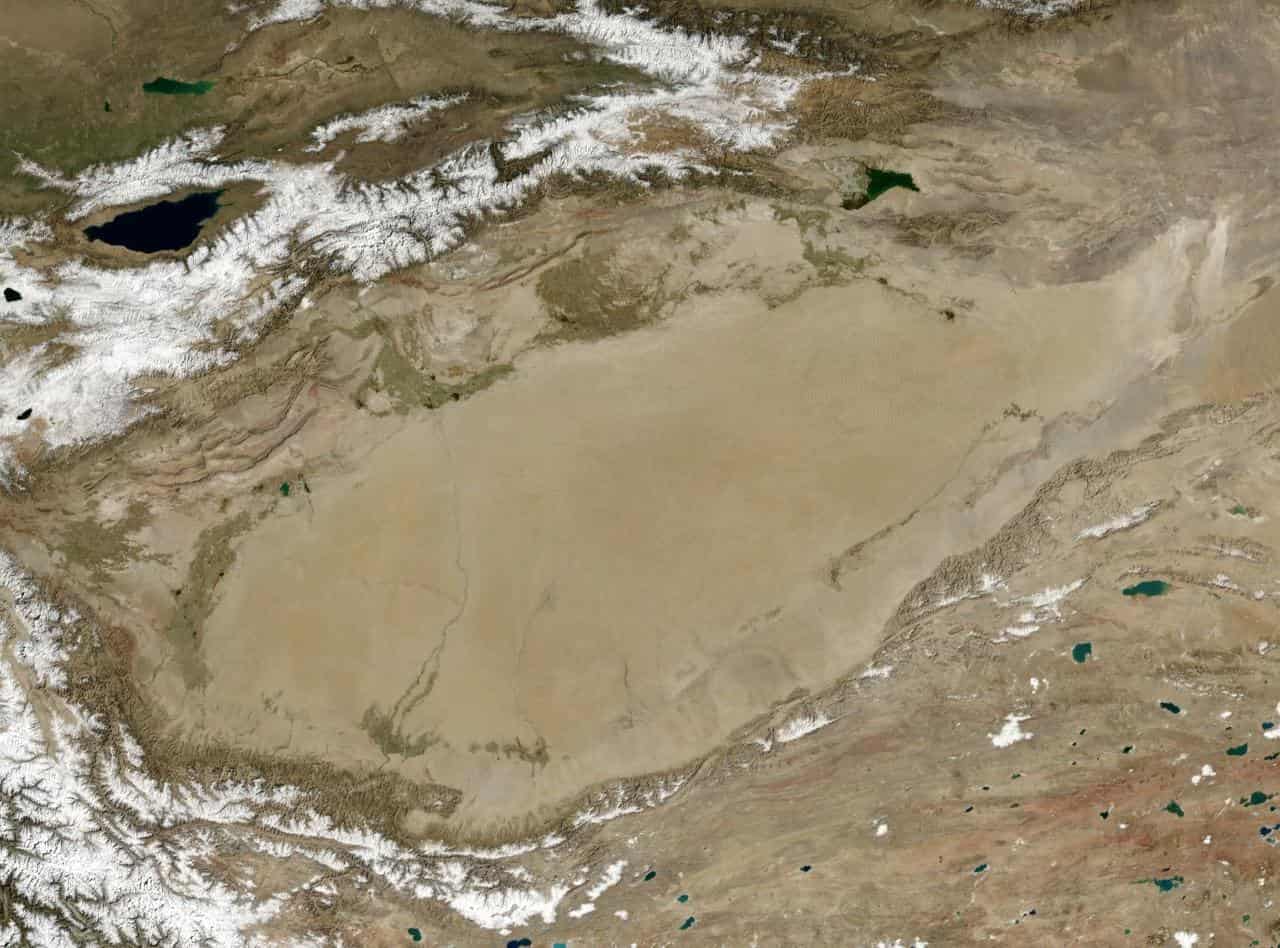A team of Chinese scientists started to drill a 10,000-meter (32,800-foot) hole into the Earth’s crust. The drilling began last week in the country’s Tarim Basin, a large oil reservoir of northwest China’s Xinjiang Uygur Autonomous Region.
It won’t be the deepest man-made hole on Earth ever made, a title that still belongs to Russia, but it’s still a big deal.

For several years, China has dedicated considerable resources to delving into the depths of the Earth. Only last week, the country successfully concluded the construction of an immense offshore drilling rig weighing 12,000 tonnes. The primary purpose of this rig is to extract natural gas from the geological reserves beneath the ocean’s surface.
Now, Chinese engineers are drilling what will be China’s deepest-ever borehole. The country wants to unearth rich minerals and energy resources and study the composition of the Earth’s surface.
The deepest hole in the world remains to be the Kola Superdeep Borehole in Russia, which reached a depth of 12,262 meters in 1989 after years of drilling.
Wang Chunsheng, a technical expert who joined the operation, told Xinhua, China’s state news agency, that drilling a borehole over 10,000 meters deep is a bold attempt to explore Earth’s mysterious depths.
In 2021, Chinese President Xi Jinping called for greater progress in deep Earth exploration.
A difficult endeavor
During the drilling process, heavy 2,000-tonne equipment comprising drill bits and drill pipes will embark on a deep journey into the Earth.
The drills will penetrate more than 10 layers of continental strata or layers of rock. The drilling will surpass the Cretaceous system, a series of layered rocks that date back some 145 million years.
But as one might expect, this project has its fair share of challenges. The main road block is the rugged terrain of the Tarim Basin, as Interesting Engineering explains.
The drilling takes place within the Tarim Basin’s heart, where the Taklamakan Desert unfolds. It’s one of the largest desert regions globally and the largest one in China, with an inhospitable climate.
“The construction difficulty of the drilling project can be compared to a big truck driving on two thin steel cables,” said Sun Jinsheng, an academician at the Chinese Academy of Engineering, in an interview with Xinhua.
While scientists have done many boreholes into the seafloor, the continental crust has proven more difficult to explore due to its greater thickness, diversity, and complexity.
In 1975, the US started a research program to explore the continental crust, which led to the discovery of a succession of thrust sheets beneath the Appalachian Mountains.
The accomplishments of the US crustal studies program have sparked a wave of comparable initiatives across various regions, including Australia, Canada, Europe, India, the Tibet Autonomous Region of China, and other locations.
As a result, the seismic investigation of the continental crust continues to be an important area of research around the world.






